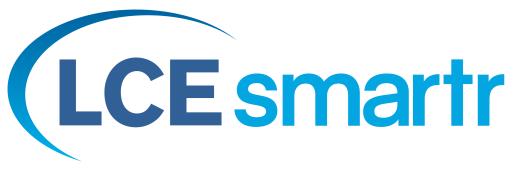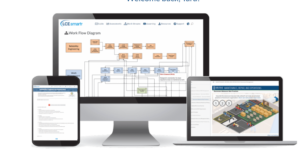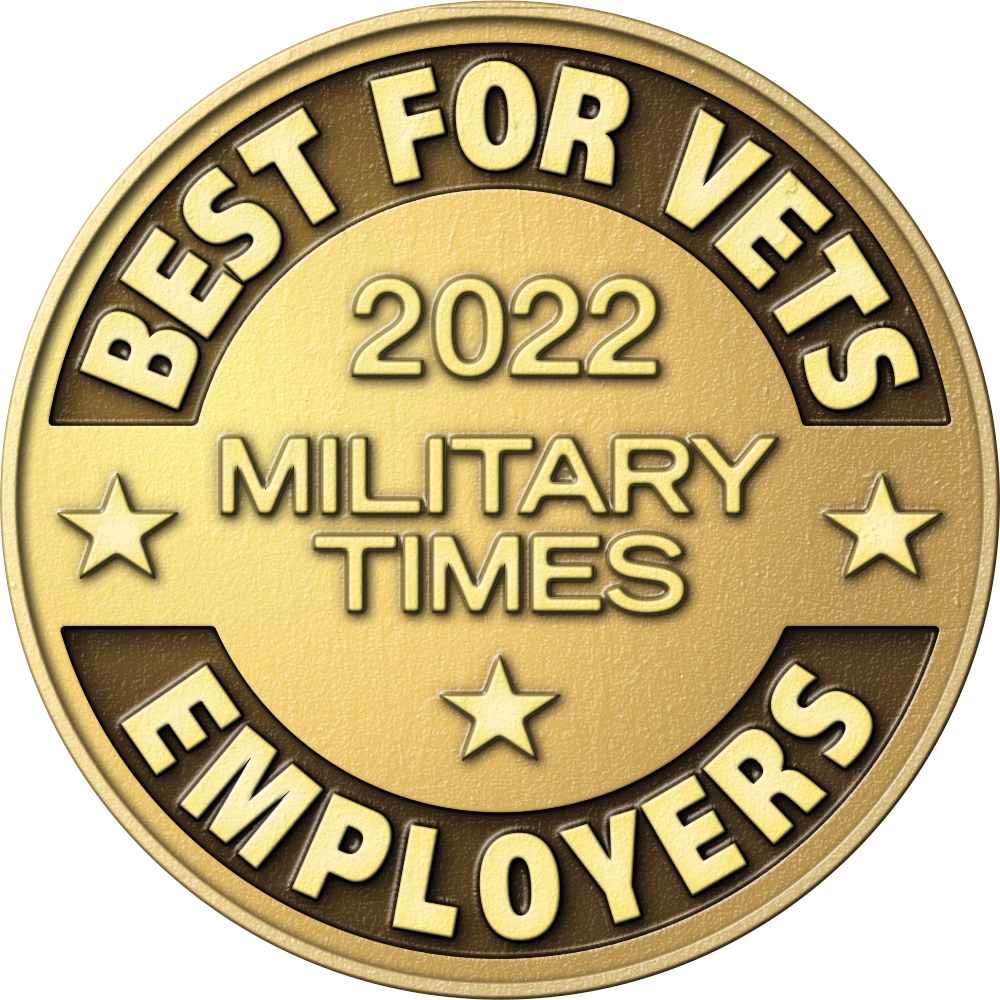If you’re planning a continuous improvement initiative, it’s a good idea to begin by capturing an accurate picture of your current state of operations and comparing that picture to what best practices look like. You need the right information to develop a prioritized roadmap to close performance gaps and a business case that assures cost-effective implementation, sustainability and maximum benefits. And you need a process to follow to maximize the effectiveness of the assessment itself. Here are eight steps you should include in your assessment process:
- Determine objectives, scope and goal: You want to be clear about why you are undertaking the assessment and your goal for how you will use the results. Defining this will help you determine what you want the scope of the assessment to be and how you should select who will complete the assessment.
- Identify who will perform the assessment and how results will be delivered and shared: Evaluate who would be the best person or partner to conduct the assessment based on their experience and how their capabilities line up with your objectives. Will they work effectively within your organization? Do your research and ask for referrals from industry contacts. Develop a list of questions you’ll use to evaluate your prospective partner. Think ahead to how results will be delivered and shared to make sure that the assessment results will have the desired impact on your organization’s future planning.
- Prepare your organization for an assessment: The quality of the assessment will depend on both who does the assessment and the people providing the information. You need to prepare your organization to cooperate fully and willingly. You’ll want to explain the purpose of the assessment and how the results will be used. Employees will also want to know who will conduct the assessment and how the results will be compiled. Your assessment partner should be able to help you prepare the organization with realistic expectations. Awareness sessions that describe industry benchmarks and best practices are a good way of creating awareness of the assessment purpose and increasing the desire for change. This also lessens the fears and promotes open dialog about the current state.
- Orient the assessment team to your organization and to the work environment: If you are using an external partner, in addition to understanding what your organization does, they will need a lot of background information to prepare for the assessment. Promptly providing the requested information will help the assessment go smoothly. Make sure that the team knows everything they need to know about the work environment and plan for employees to be available when necessary for meetings and appointments.
- Conduct the assessment using best practices to facilitate honest feedback and minimize resistance: Check in with the assessment partner throughout the assessment period to make sure that they are collecting the feedback they need. Address any issues immediately since there is a short window for the information-gathering stage of an assessment. Manage any concerns or misperceptions among employees about the assessment process and objectives.
- Develop an action plan: Simply reporting the results may be useful, but developing an action plan with Specific, Measurable, Actionable, Realistic and Time-bound (SMART) objectives shows exactly how the investment in the assessment and associated improvements will provide a return. The plan should take into account the investments in time, money and resources that will be required to close any gaps and realize the financial benefits identified in the assessment.
- Communicate the results and the action plan: Review with your partner the results of the assessment and how the results will be communicated to your management team. If there will be a formal presentation of the assessment results and business case, plan far enough ahead for the meeting so that the appropriate people will commit to attending and include the meeting in their schedules. Getting buy-in to the assessment results and business case is essential to being able to implement the actions that will improve performance.
- Implement the recommended actions: The ROI on the time and resources you invested in the assessment is in taking the actions recommended in the assessment results. Chances are that if you believed an assessment was necessary, an accurate picture of your current state won’t match up with where your organization needs to be. Create a compelling vision for your continuous improvement journey’s destination – the future state of how your organization will deliver a step-change in performance results. Then recruit your fellow travelers and start the journey!
















